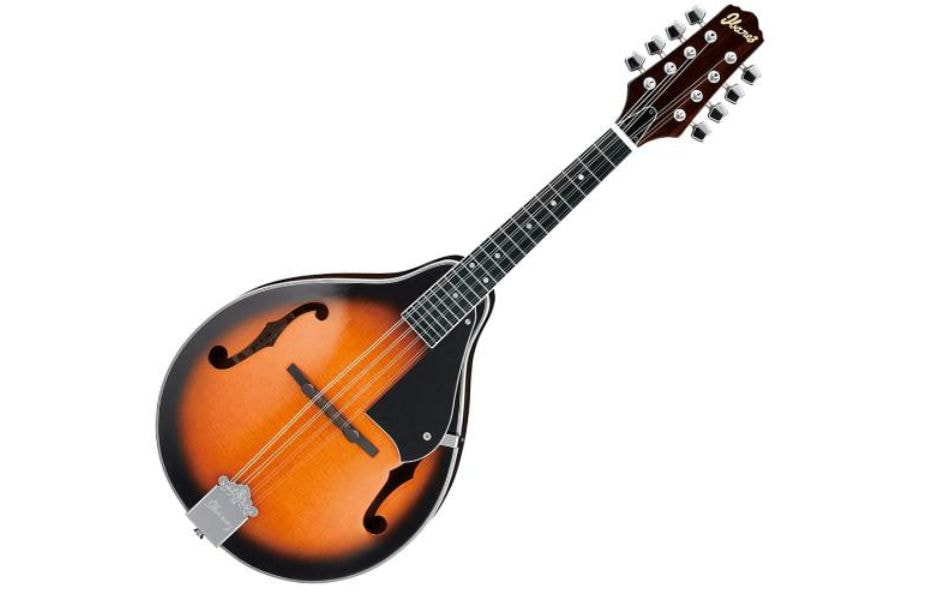For a beginner, unraveling the secrets of mandolin string notes is the initial step toward unlocking a world of musical possibilities. These string notes are the language through which melodies are woven, and understanding them lays the groundwork for your melodious expedition. In this beginner’s guide, we will explore the fundamental string notes, equipping you with the knowledge to set off on this melodic adventure with confidence and enthusiasm.
How to understand mandolin string notes
Notes on mandolin
The mandolin typically has 8 strings organized into 4 pairs, each pair being referred to as a “course”. So, below is the structure of string notes and how they are customized on the mandolin.
- G String (Course 1):
String 1: G (referred to as “high G”)
String 2: G (referred to as “low G”)
- D String (Course 2):
String 3: D (referred to as “high D”)
String 4: D (referred to as “low D”)
- A String (Course 3):
String 5: A (referred to as “high A”)
String 6: A (referred to as “low A”)
- E String (Course 4):
String 7: E (referred to as “high E”)
String 8: E (referred to as “low E”)
Therefore, this structure of string notes allows the player to create various notes by playing each string individually or combining them in different ways. Specifically, the strings can be played independently or combined to create harmonious and melodic sounds.
Furthermore, mandolin string notes can be customized by adjusting the tuning pegs on the mandolin. Changing the tension of the strings will alter the corresponding notes for each string. In addition, it opens up a range of sound and note options.
Keep in mind that the structure and customization of string notes may vary depending on the type of mandolin, playing style, and individual preferences of the player.

Role of string notes mandolin
The string notes on a mandolin play a fundamental role in producing musical sounds and the necessary notes to play songs and musical structure. Here’s an overview of the roles of string notes:
Generating Basic Sound:
Each string on the mandolin represents a fundamental musical note. It provides the essential sounds needed to create musical notes within a piece.
Creating Musical Notes:
Correspond to specific musical notes, including both basic notes (G, D, A, E) and extended notes (sharps, flats).
Defining Artistry:
The strings of the mandolin enable the player to create complex sound patterns and artistic expressions based on how they are played and manipulated.
Expressing Emotion and Feeling:
The arrangement and use of string notes convey emotions and create a personalized musical expression. It allows the player to communicate their feelings.
Generating Melody and Harmony:
The various strings are used to produce melodies and harmonies, creating connections and enriching the sound in the music.
Coordinating with Other Instruments:
String notes correspond with strings and instruments, enhancing musical sound and creating a unified and intricate musical composition.
In summary, mandolin string notes play a crucial role in generating sound, defining artistry, expressing emotions. As well as it creates melody and harmony, and coordinating with other instruments when playing the mandolin.

How to tune mandolin notes
Notes in mandolin is a crucial role in making mandolin chords. In addition, understanding the notes helps us know to tune our mandoline proper technique. In the previous article named Mandolin Tuning Notes: Tuning Tutorial, we introduce details on how to tune the mandolin. You can visit the link and learn more details.
Tuning a mandolin involves adjusting the tension of each string to achieve the desired pitch for each string. The standard tuning for a mandolin is G-D-A-E, with G being the highest-pitched string and E being the lowest-pitched string. Let learn about an overview of how to tune mandolin string notes:
- Use an electronic tuner designed for string instruments or a tuning app on your smartphone. This will help you accurately tune each string to the correct pitch.
- Start by plucking the G string, which is the highest-pitched pair of strings. Adjust the tuning peg for the G string until the tuner indicates that it’s in tune (displaying G).
- Pluck the D, A, and E strings in succession and adjust their respective tuning pegs to match the correct pitch for each string (D, A, and E) according to the tuner.
In conclusion, embrace the mandolin string notes, let your fingertips dance on its strings. It allows the enchanting melodies to whisk you away. The beauty of the mandolin lies not only in its charming design but also in the musical narratives it allows you to create. As you hone your skills, remember that each note you play is a stroke on the canvas of your musical odyssey.
